Substack, the newsletter platform, is going to need a discovery engine. As it becomes increasingly popular as a publishing service, discovery becomes both a problem and an opportunity.
Substack “readership and writership has doubled there in the first three months of the coronavirus pandemic.” according to its CEO.
This made me think about discovery of indepdendent publishers.
RSS, the original pub-sub standard, had no discovery built in, primarily because it was the web.
Google Reader had your social graph as a result of Gmail, and towards the end of its short life ended up with some good social discovery:
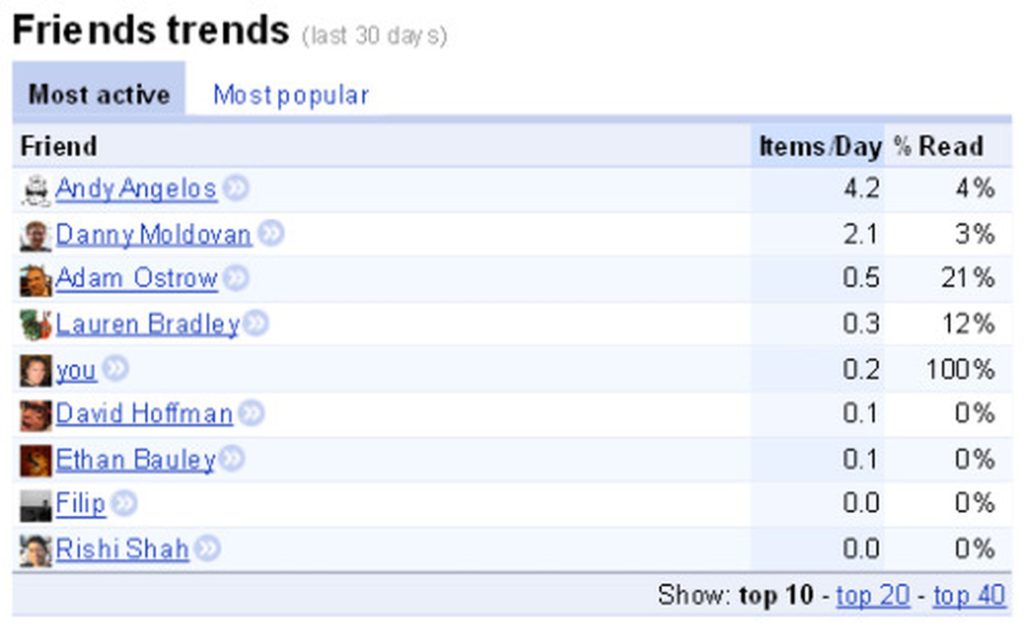
Friendfeed took that further. You could link a wide wide variety of social accounts to your own Friendfeed account, giving your friends a single destination to ‘follow’ you. People could mix and match friend feeds. In fact, you could even create a ‘shadow’ profile for people who weren’t on Friendfeed. It was a loss for both the social and the open internet when FF sold itself to Facebook.
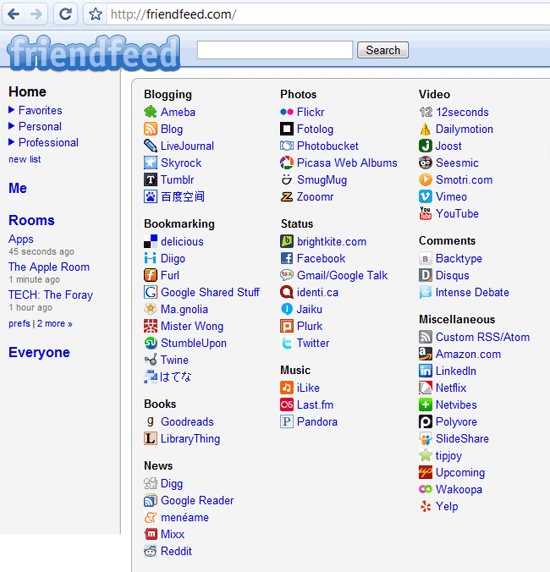
Regardless, both Google Reader and Friendfeed were both near-social discovery services.
Today Feedly is the dominant RSS sync – and reader – service. Even today, Feedly’s discovery seems like an afterthought compared to its fairly well built subscription and reading capabilities:
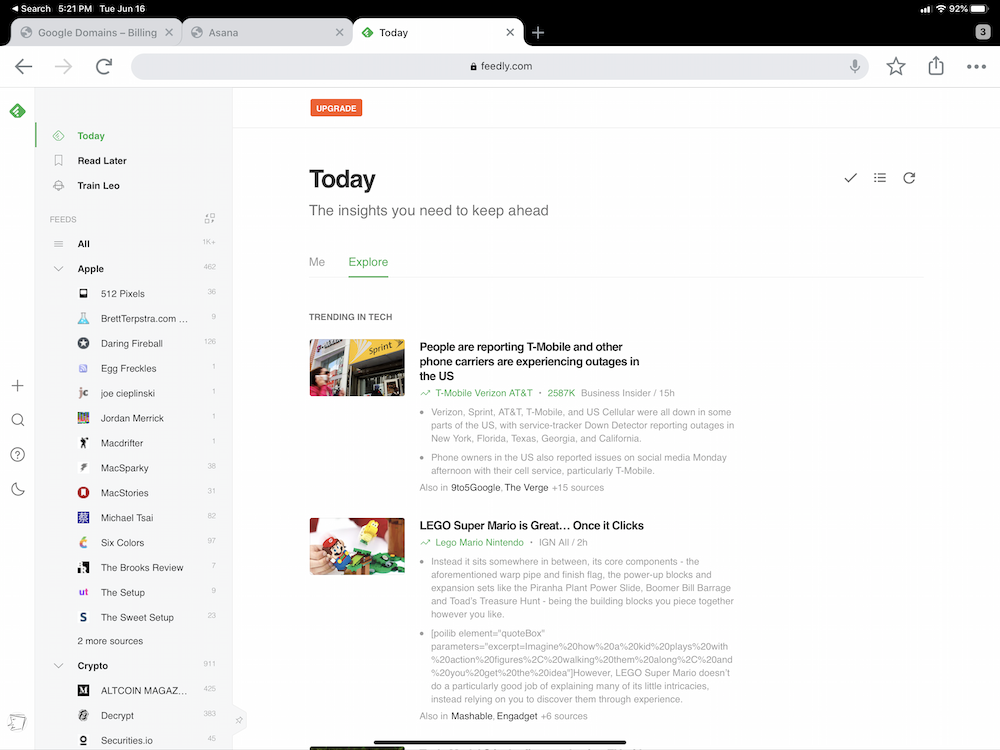
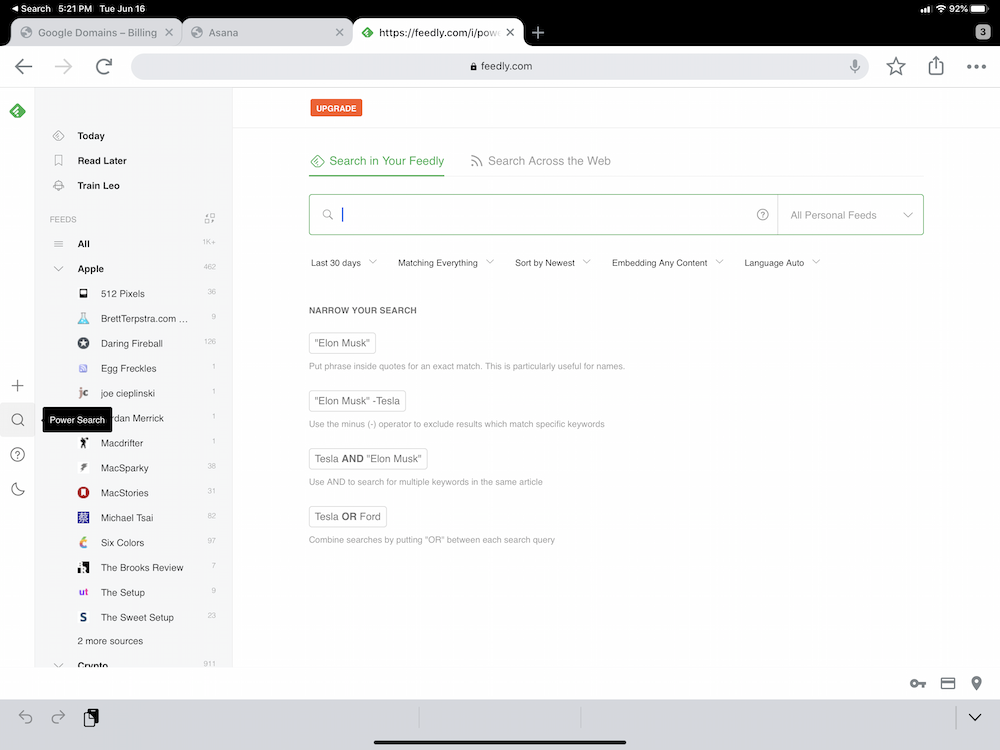
And while Flipboard does support RSS – you can, as far as I know, add and follow an RSS feed into the app, it’s hardly one of the top publishing platforms for independent publishers, and its discovery is very broad, but also very shallow.
I really want WordPress to succeed as a discovery service. They’re a great way for an independent publisher to start a blog. But I think their positioning is somewhat muddled with regard to discovery. It’s up-front-and-center in their mobile apps, which I would imagine a blog writer would use to publish on the go, not read.

But on their website it’s virtually hidden.
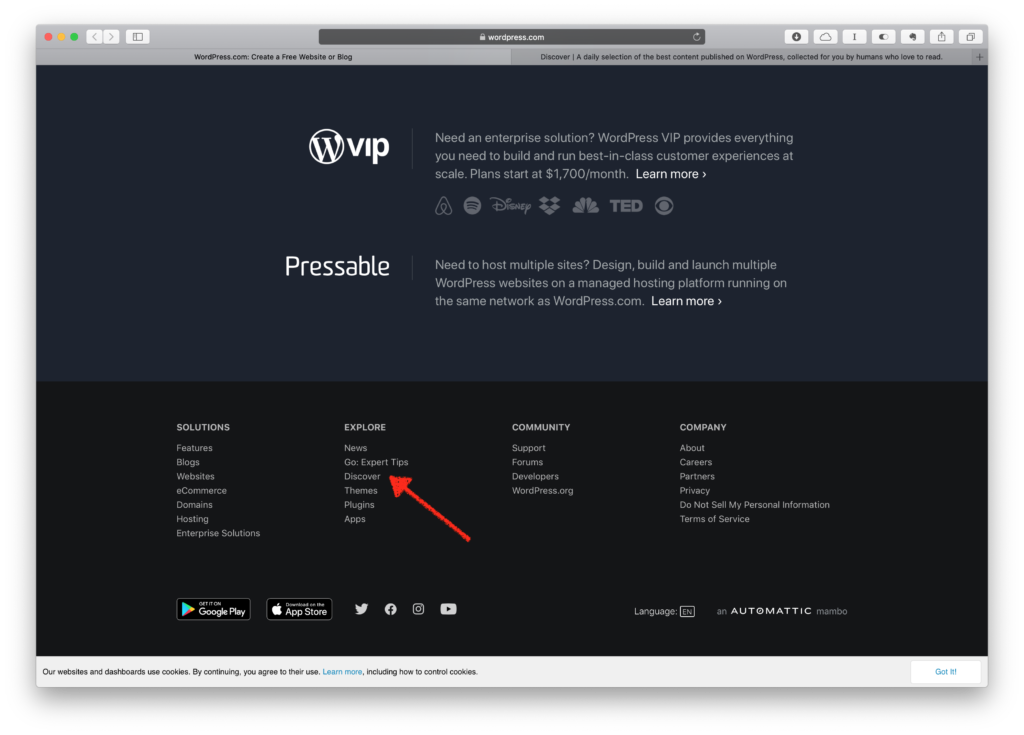
Part of the reason for WordPress’ ambivalnce about pushing discovery is that its business model doesn’t involve intermediating the relationship between publishers and readers. It’s clear it views itself as a blogging platform, and its paid plans have entirely to with with added features for publishers. There are few incentives to actively increase audiences for their publishers.
(Part 2: The new generation: Medium and Substack)
